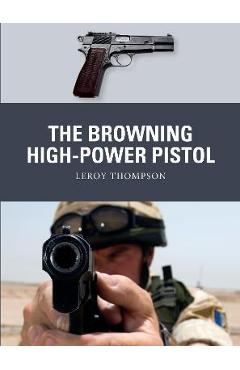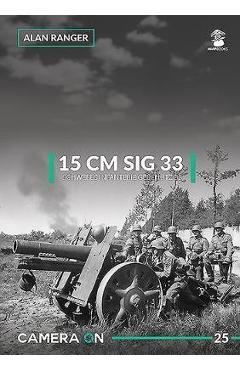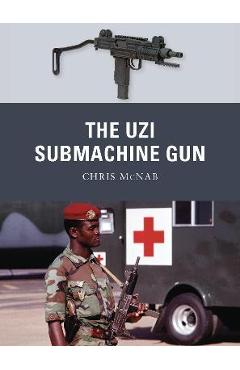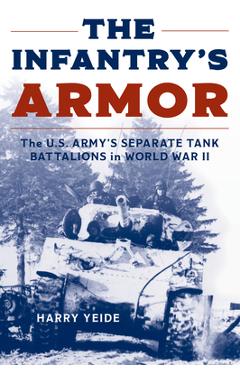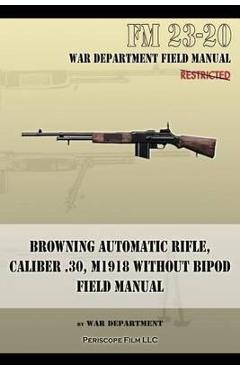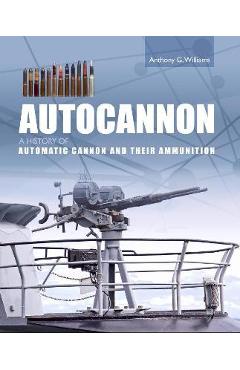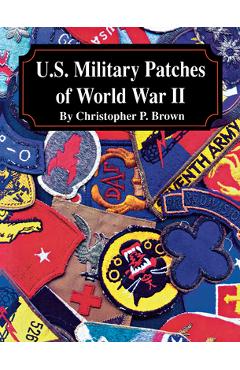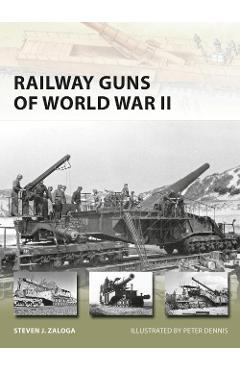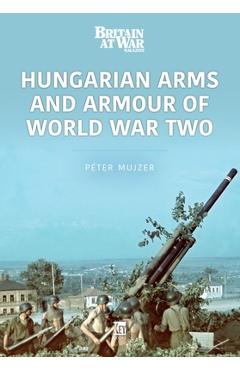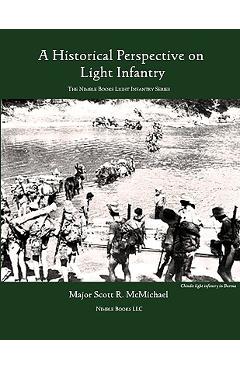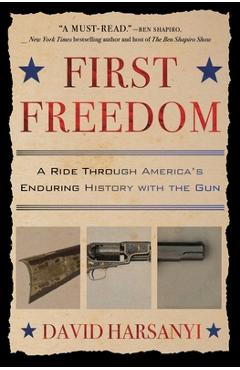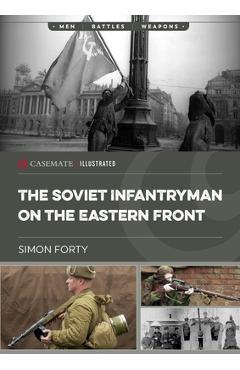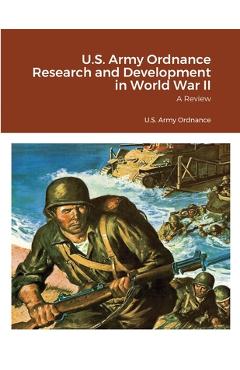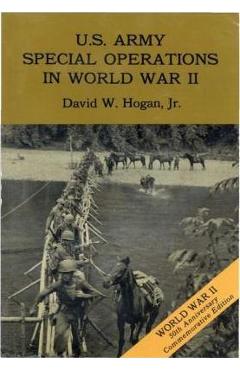The Browning Automatic Rifle
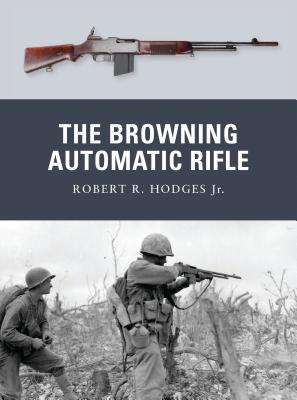
The Browning Automatic Rifle
For nearly fifty years the hard-hitting, mobile Browning Automatic Rifle, or BAR, served in US infantry units as a light squad automatic "base of fire" weapon, providing quick bursts of concentrated fire. It was developed in response to the central dilemma of infantry combat in World War I - the need for a squad-level weapon that could suppress emplaced machine-gun positions. Designed by the renowned firearms manufacturer John M. Browning, the BAR could be fired from the shoulder or the hip while on the move. Unfortunately, initial production difficulties and commanders' reluctance to feed the new weapon piecemeal into the front line meant it was September 1918 before the BAR saw combat.
In the interwar years US forces used the BAR across the world, from China to Nicaragua; versions equipped the armed forces of Belgium, Sweden and Poland. It also became a favorite of notorious gangsters like Clyde Barrow and Bonnie Parker, who prized its ability to punch through police armored cars as though they were made of cardboard. US lawmen rapidly acquired the BAR for themselves, with the Colt R 80 "Monitor" variant becoming the official fighting rifle of the FBI from 1931. At the outset of World War II the US armed forces decided to adapt the BAR for a light machine gun role. The BAR was not without its flaws; it was heavy and difficult to dismantle and reassemble, and it didn't cope well with sustained fire. Nevertheless, the BAR saw action in every major theater of World War II and went on to be used in Korea and in the opening stages of the Vietnam War. Brigadier General S.L.A. Marshall's pioneering study of men in combat revealed the tremendous psychological boost that the BAR gave to a squad in the field; Marshall discovered that riflemen were so glad to have a BAR in their midst that they readily volunteered to carry extra ammunition for their gunner. Featuring arresting first-hand accounts, specially drawn full-color artwork and close-up photographs, many in color, this lively study offers a vivid portrait of this powerful, long-lived and innovative weapon that saw service with US and other forces across the world for much of the twentieth century.PRP: 117.79 Lei
Acesta este Pretul Recomandat de Producator. Pretul de vanzare al produsului este afisat mai jos.
106.01Lei
106.01Lei
117.79 LeiLivrare in 2-4 saptamani
Descrierea produsului
For nearly fifty years the hard-hitting, mobile Browning Automatic Rifle, or BAR, served in US infantry units as a light squad automatic "base of fire" weapon, providing quick bursts of concentrated fire. It was developed in response to the central dilemma of infantry combat in World War I - the need for a squad-level weapon that could suppress emplaced machine-gun positions. Designed by the renowned firearms manufacturer John M. Browning, the BAR could be fired from the shoulder or the hip while on the move. Unfortunately, initial production difficulties and commanders' reluctance to feed the new weapon piecemeal into the front line meant it was September 1918 before the BAR saw combat.
In the interwar years US forces used the BAR across the world, from China to Nicaragua; versions equipped the armed forces of Belgium, Sweden and Poland. It also became a favorite of notorious gangsters like Clyde Barrow and Bonnie Parker, who prized its ability to punch through police armored cars as though they were made of cardboard. US lawmen rapidly acquired the BAR for themselves, with the Colt R 80 "Monitor" variant becoming the official fighting rifle of the FBI from 1931. At the outset of World War II the US armed forces decided to adapt the BAR for a light machine gun role. The BAR was not without its flaws; it was heavy and difficult to dismantle and reassemble, and it didn't cope well with sustained fire. Nevertheless, the BAR saw action in every major theater of World War II and went on to be used in Korea and in the opening stages of the Vietnam War. Brigadier General S.L.A. Marshall's pioneering study of men in combat revealed the tremendous psychological boost that the BAR gave to a squad in the field; Marshall discovered that riflemen were so glad to have a BAR in their midst that they readily volunteered to carry extra ammunition for their gunner. Featuring arresting first-hand accounts, specially drawn full-color artwork and close-up photographs, many in color, this lively study offers a vivid portrait of this powerful, long-lived and innovative weapon that saw service with US and other forces across the world for much of the twentieth century.Detaliile produsului









